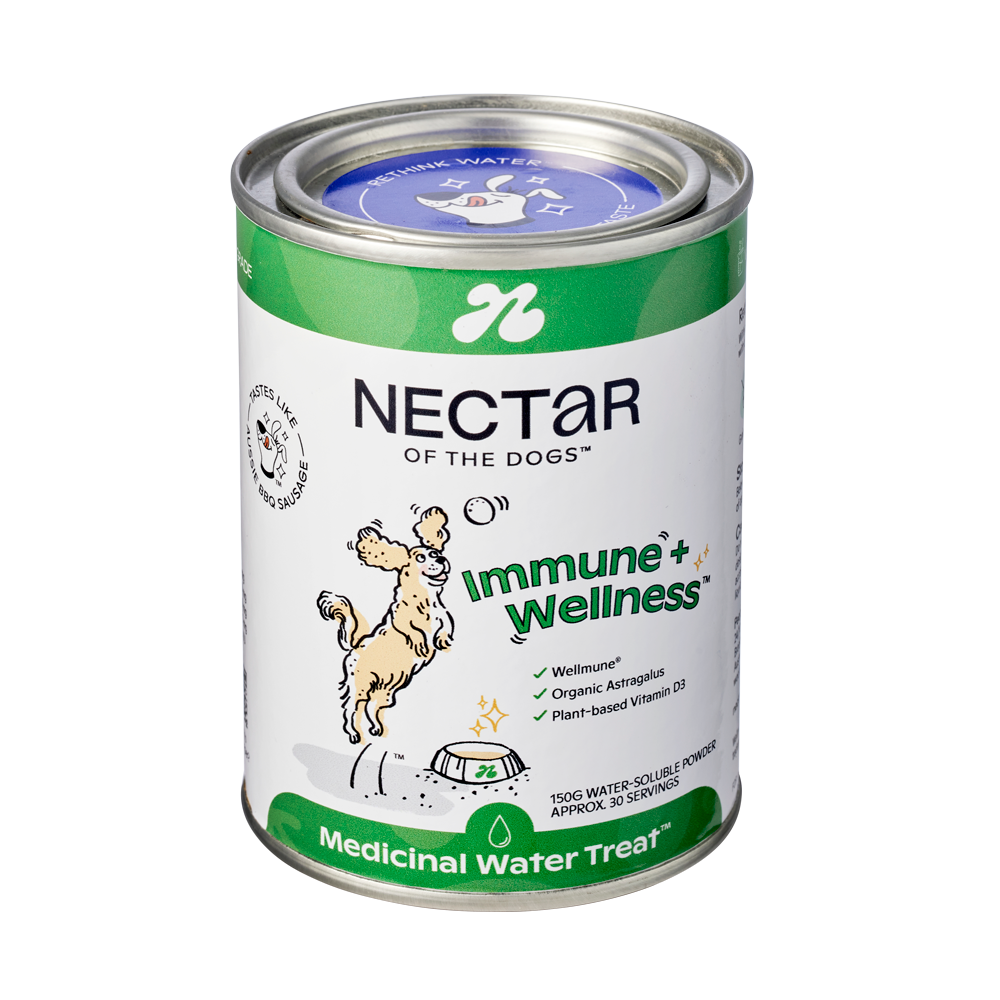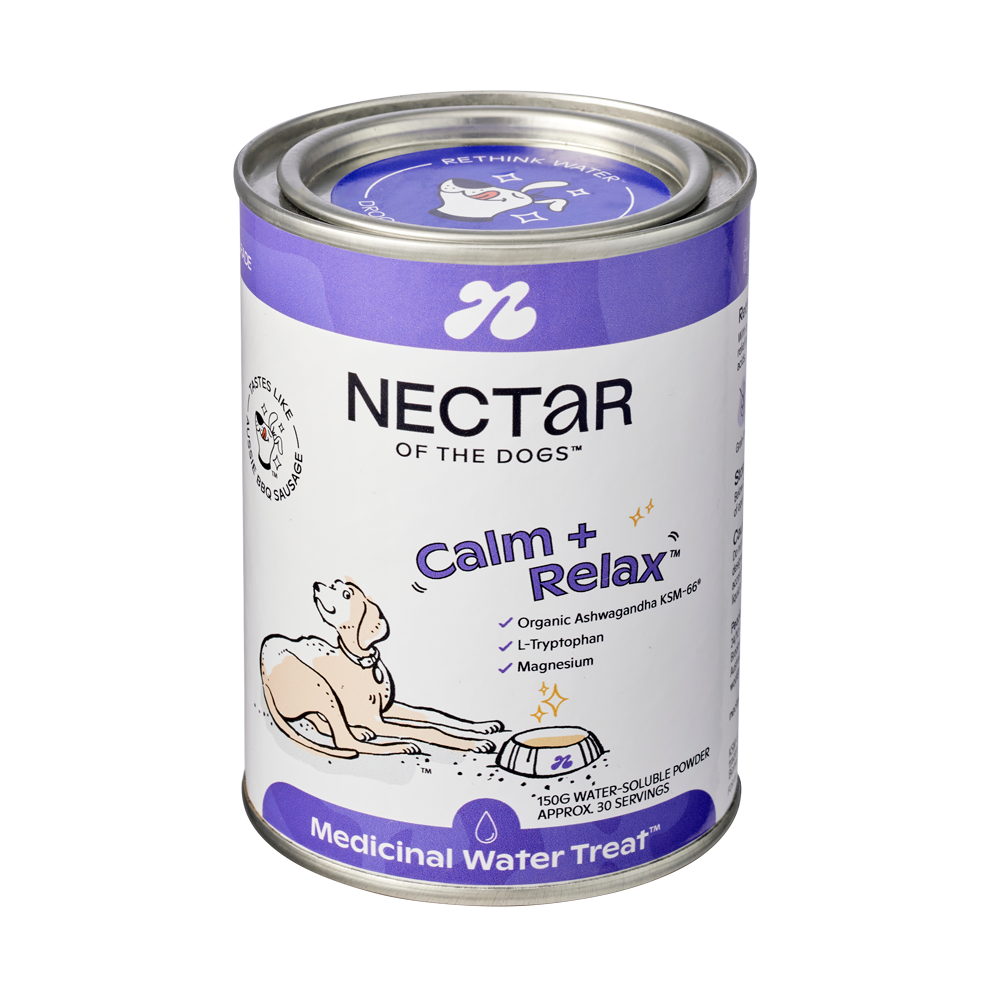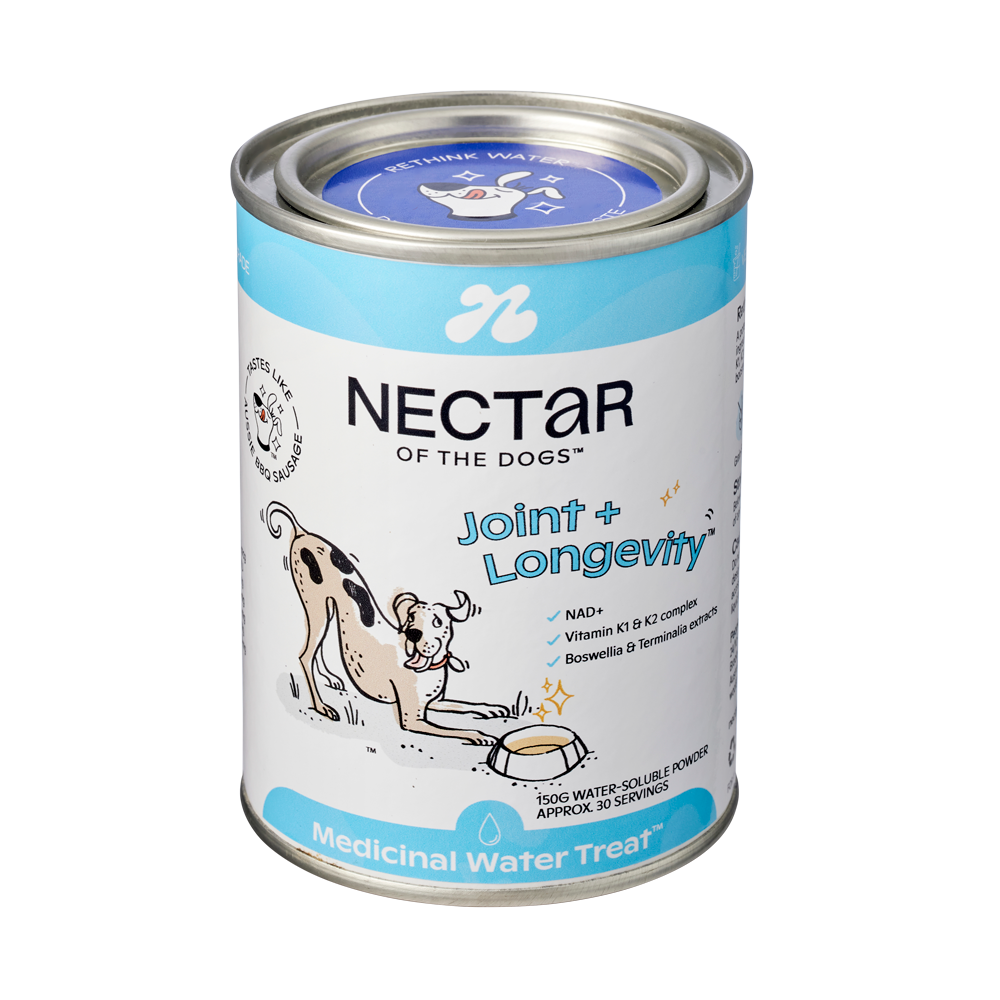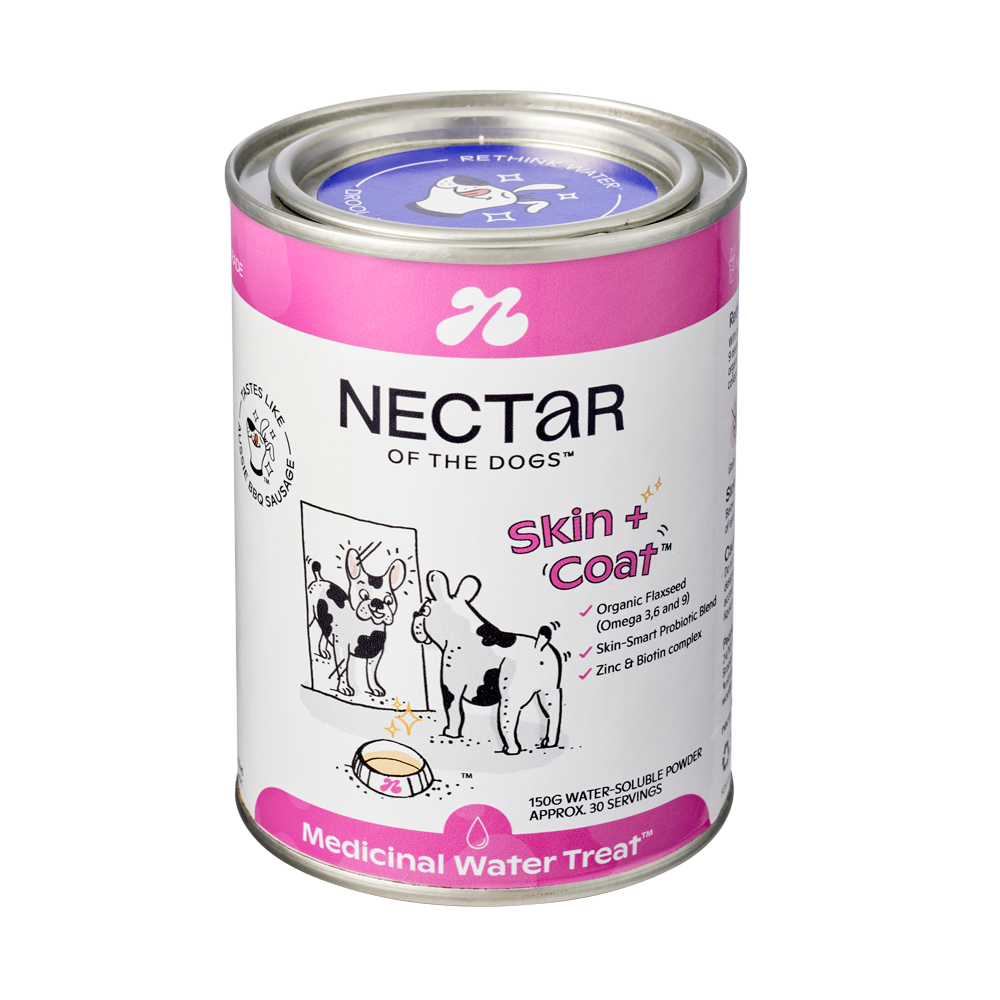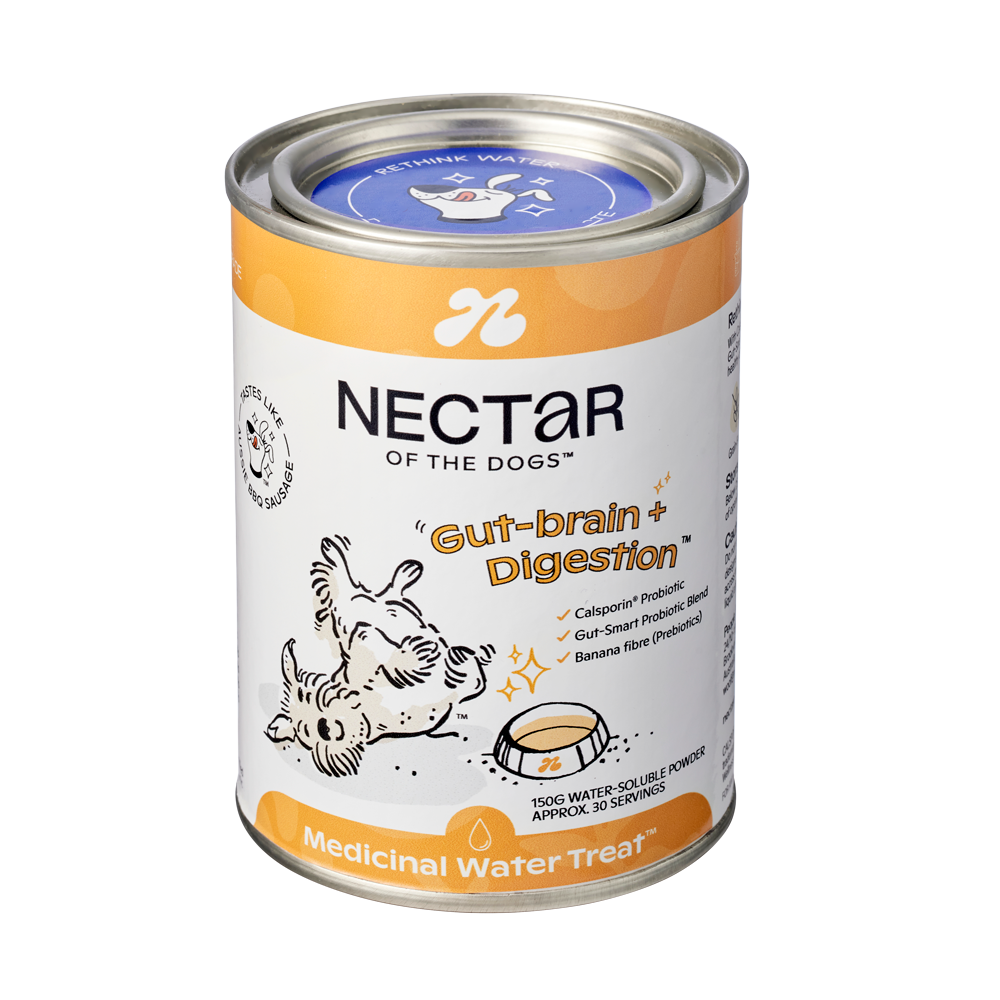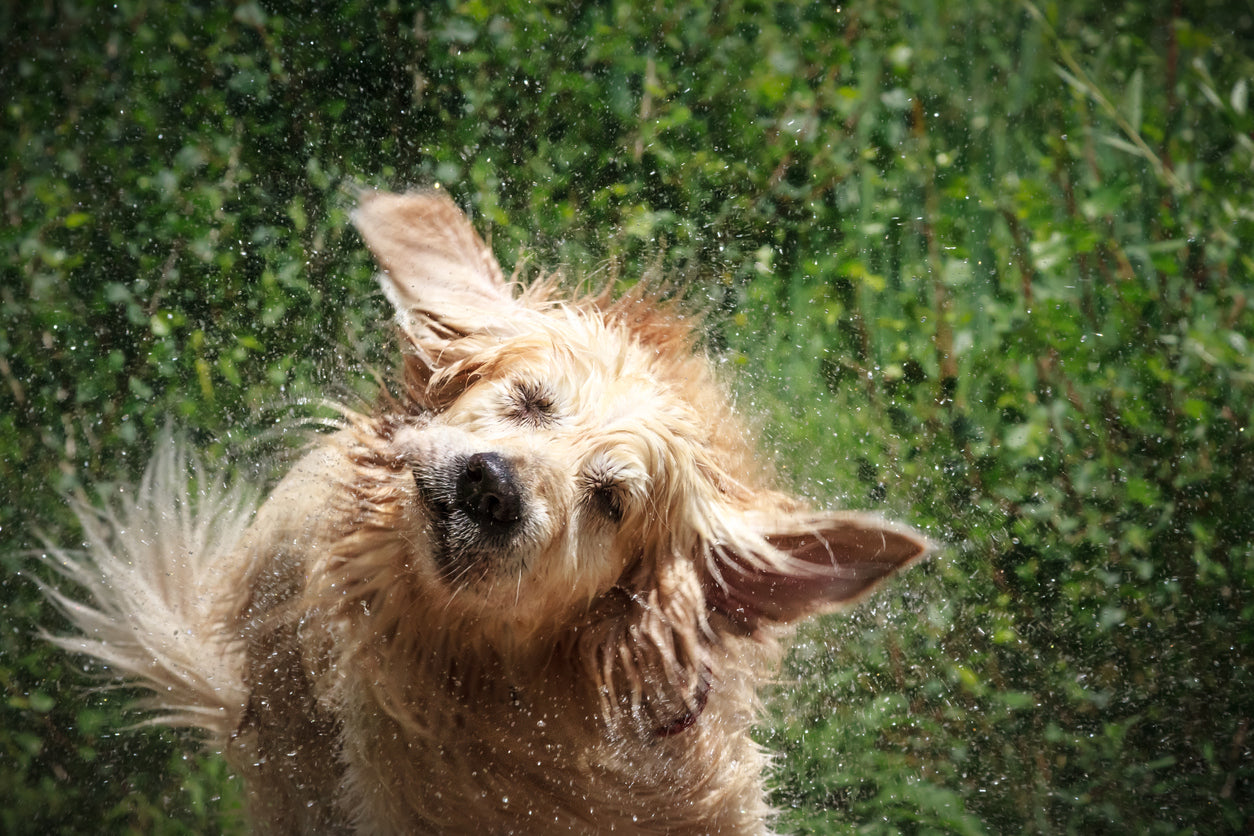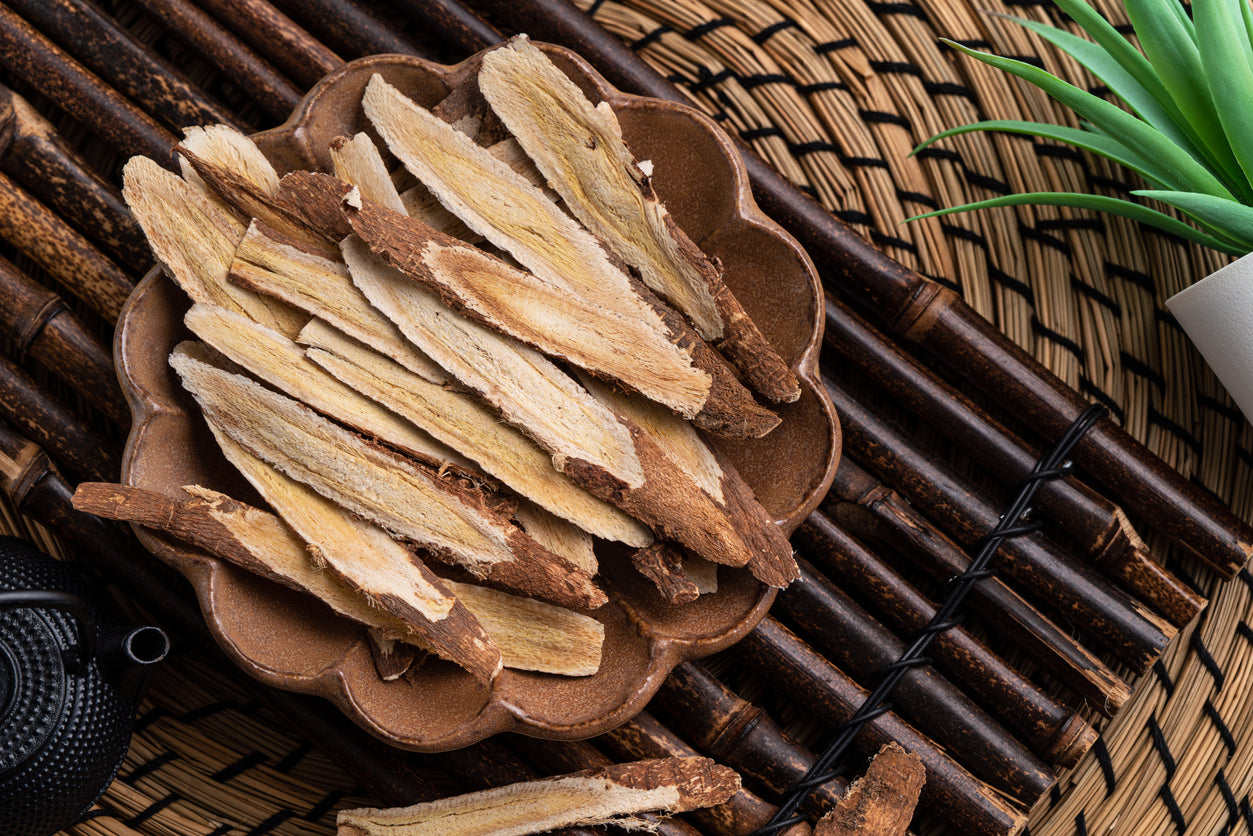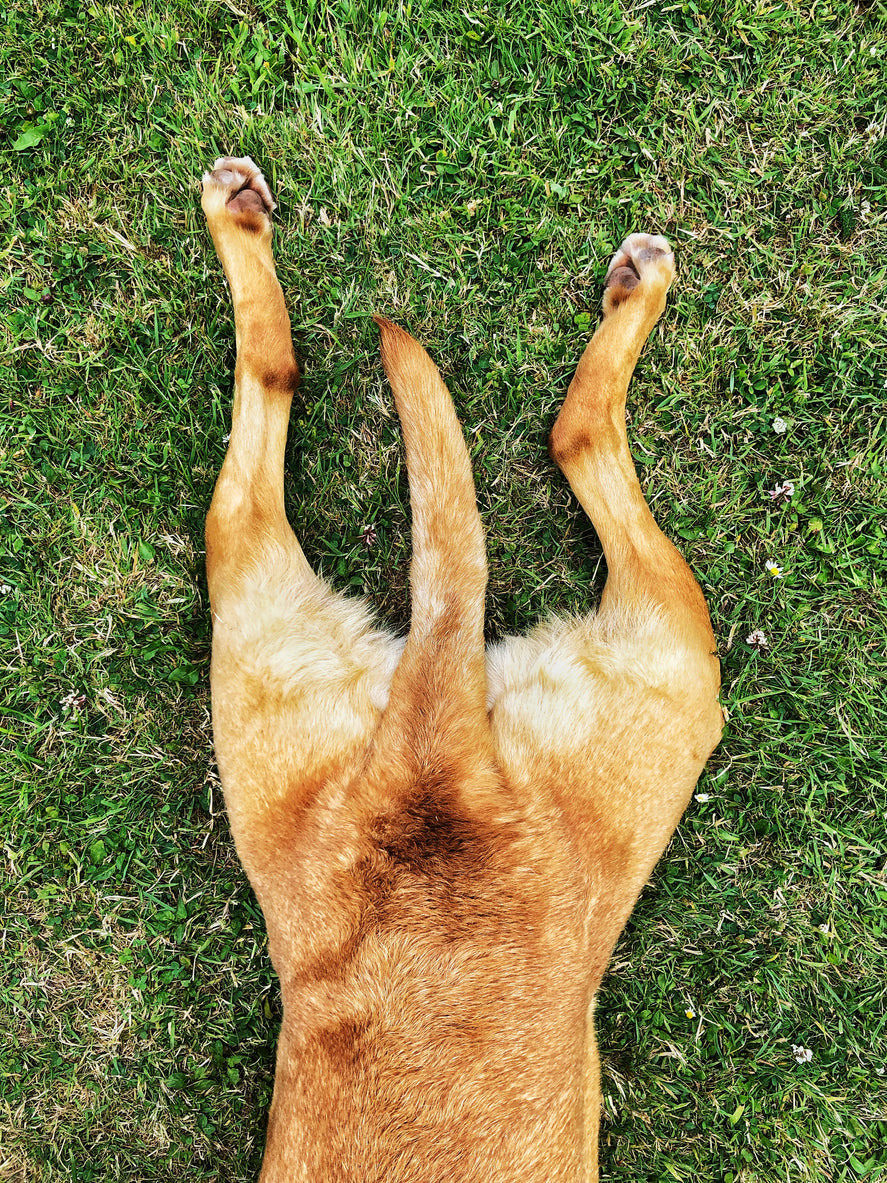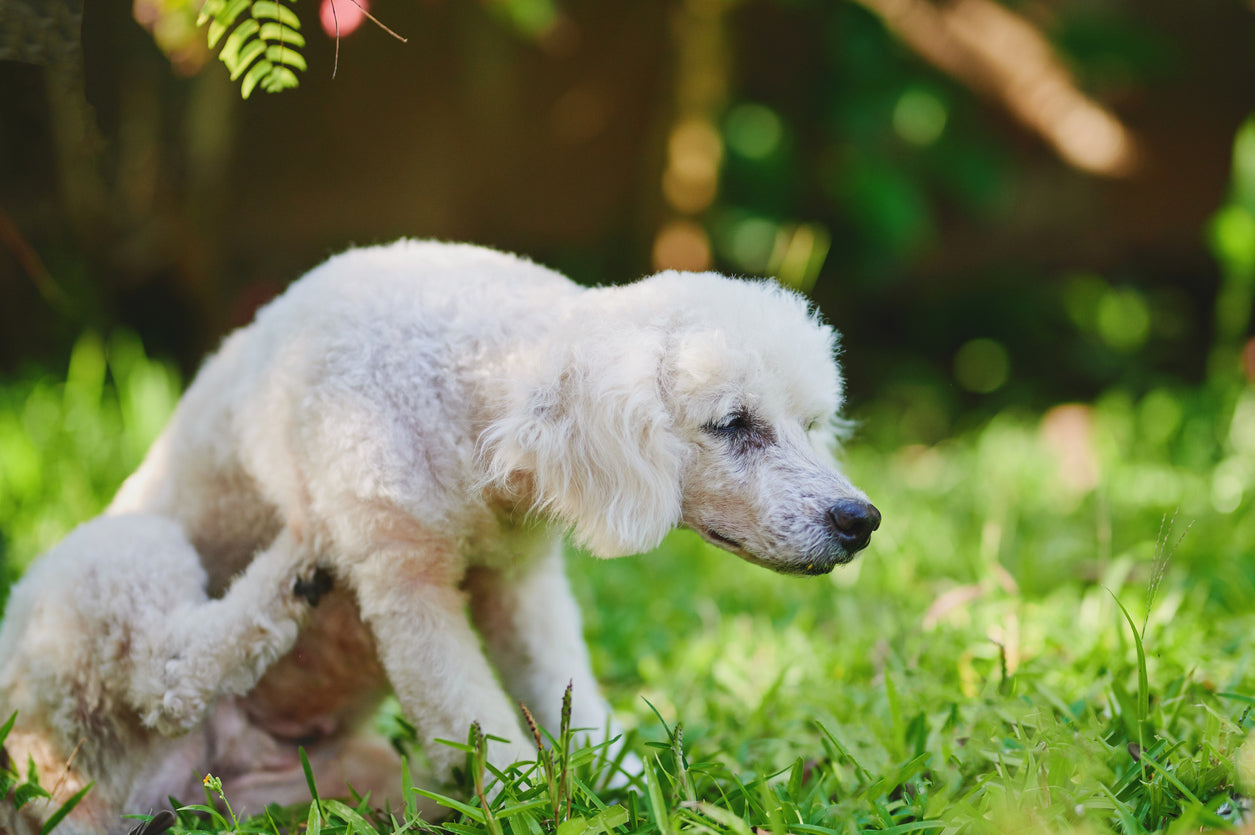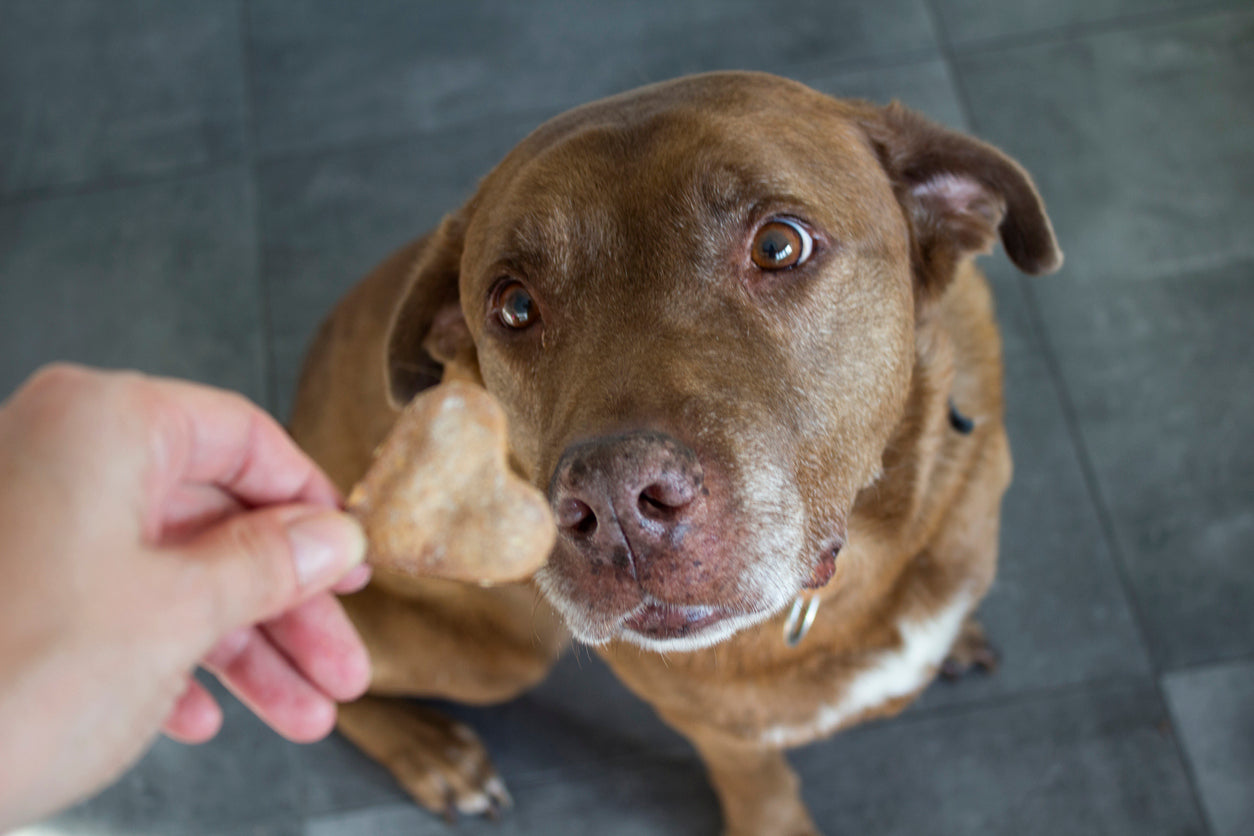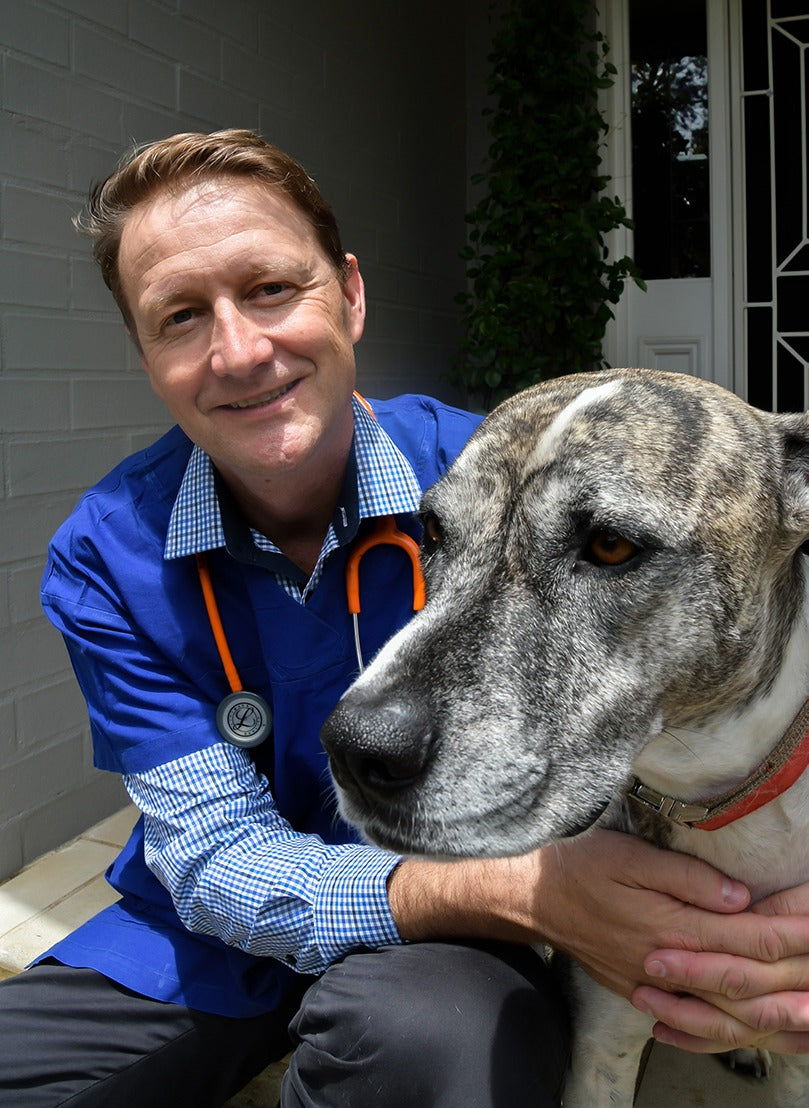The Thirst is Real: The Lowdown on Doggy Dehydration
You’re probably not drinking enough water. Nobody is, and we all know it. Even though the tap is right there, we’re just casually pretending we totally need that third cup of coffee instead.
It’s hard to motivate us humans to stay hydrated, so consider the challenge for the members of our household who would chew a sofa cushion for the flavour.
Surprise, surprise: most dogs aren’t getting enough water either. A lot of us are actually making the same mistake with our fur kids that we do with ourselves: we’re so focused on their food that we forget about the water bowl.
But just because doggie dehydration is common, doesn’t mean it’s not serious. Dehydration can cause lethargy, create dental problems and weaken a pup’s immune system.
Lucky for you, checking for dehydration is as easy as walking to the faucet and filling up that water bottle. You just need to, you know…do it.

Checking a dog for dehydration
There are two tried-and-true ways to check for dehydration at home.
First up, a vet-approved method known as the “tent test,” uses skin elasticity as a measure of how much water is pumping through your pup.
Get your dog and gently pinch and pull the back of their neck—as if you were making a furry little tent for the world’s tiniest campers. If their hydration levels are good, the skin will snap back into place as soon as you let go.
But if the tent takes longer to collapse—almost like it’s deflating like a leaky pool float, then your dog is dehydrated. And if the skin stays upright, even after you let go, it’s severe enough that you should see a vet.
We definitely don’t want things to get to this point, so to get a real-time read, try a second test we’ll call the “thumb on the gums.” Spoiler alert: it’s exactly what it sounds like.
Lift up your dog’s lip and press your thumb into the pink part of their gums—just hard enough so that it turns white underneath. Then, lift your thumb—if your dog is healthy and hydrated, the gum will turn pink again in less than a “one-one thousand” second. Anything longer is not a second is not a good sign, and if it’s two seconds, it’s severe dehydration.

So…what do we do?
If your at-home tests indicate severe dehydration, or you see that your dog is just flat out not avoiding the water bowl, head to the vet immediately. It’s possible that dehydration is not the source, but the symptom of a more serious problem, like heat stroke, a urinary infection, or organ failure.
In less severe serious cases, it’s time we give our love and attention to the all-too-forgotten water bowl.
3 ways to bring your pup back to the water bowl
1. Clean and filtered water: You wouldn’t know it by the free ‘snacks’ dogs always seem to find on walks, but they can be pretty picky about what they put in their mouth. In fact, the ends of dogs tongues are covered in taste buds that are specifically programmed for water. So if there’s any residue buildup in their water bowl, they notice. Give it a rinse and their slobbery tongues will thank you.
2. Change up the location: Don’t underestimate location. Dogs are a lot like us, in that they conveniently forget to drink water when it’s not right in front of them. A second water bowl in their fave room of the house does wonders, as does one for outside and on-the-go.
3. Make the experience fun: This is where our Nectars come in! All five products taste just like Aussie BBQ Sausage despite being made entirely from plants - wild, we know - so your pup is guaranteed so slurp it all up. Maybe a little more irresistible for dogs than humans. (Although full disclosure, we did try them all ourselves. Multiple times.)

Just add a scoop in their water bowl, they’re going to lap up every yummy drop, and get the full benefits of our vet-developed formula. It’s not a total replacement for water, but it’s a great way to knock out their first bowlful before the day even starts.
Thirsty for more info? Get the full rundown on our flavours and ingredients and figure out which Nectar might be best for your pup.
